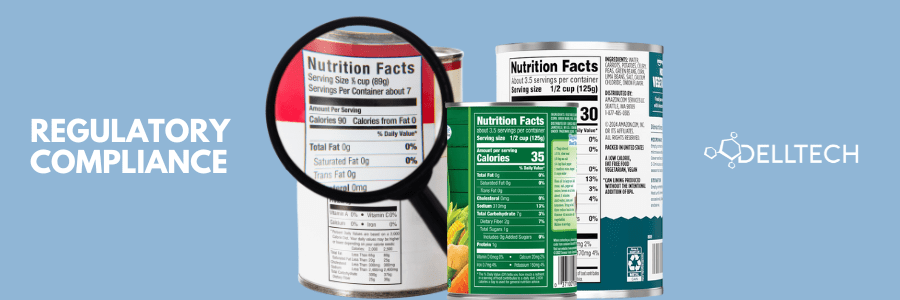By: Sarah D’Mello, SENIOR PRODUCT SAFETY SPECIALIST, email
The Background of Canada’s Update to the HPR
On January 4, 2023, Health Canada issued amendments to the Hazardous Products Regulations (HPR) in the Canada Gazette, Part II. These amendments were introduced to align with the 7th edition of the Globally Harmonized System of Classification and Labelling of Chemicals (GHS) as well as specific provisions from the 8th edition.
The amendments came into force on December 15, 2022.
A Summary of Updates to the HPR
Health Canada has released a comprehensive table outlining the key changes from the amendments.
Some notable changes are:
- New hazard classes and categories
- The physical hazard class Chemicals Under Pressure has been adopted
- The hazard class name, Flammable Aerosols, has been changed to Aerosols. The HPR has also adopted new category for aerosols: Aerosols – Category 3 (non-flammable aerosol products)
- Modification of classification criteria
- Subcategories for Flammable Gases, Category 1
- Repeal of the Pyrophoric Gases, these are now included under Flammable Gases, Category 1A
- Modified statements for Safety Data Sheets and labels
- Modified hazard statement for products classified as a Combustible dust
- Changes to disclosure requirements
- Amendment to allow narrower concentration ranges that fall within one of the prescribed concentration ranges
- All hazardous ingredients that above the applicable cut-off levels will need to be disclosed on the SDS regardless if the ingredient is eliciting the mixture classification
- Clarity on the provisions concerning significant new data (section 5.12 of the HPR)
The new amendments have not changed the filing process for confidential business information claims. During the transition period, suppliers may submit claims using Safety Data Sheets that are compliant with the former or amended HPR.
What Happens Next with Canada’s Update to the HPR?
Transition Period
The amendments established a 3-year transition period, that will end on December 14, 2025. The transition period gives suppliers, employers, and workers time to adjust to the amendments, and helps ensure consistency across Canada.
Compliance During Transition Period
During the three-year transition period, the industry can choose to comply with either the amended HPR or the former HPR, but not both. The hazard classification, safety data sheet and label of a hazardous product must be fully compliant with to the chosen version of the regulation.
Stay Informed: How Dell Tech Can Help
Health Canada is continuously providing information about the amendments to the Hazardous Products Regulations and the transition period. Follow Dell Tech’s LinkedIn and subscribe to our mailing list to get the latest updates in regulatory compliance.
[INSERT_ELEMENTOR id=5883]
Dell Tech has provided professional, confidential consulting services to the specialty chemical
industry in Canada, the USA, Europe, and Asia for the last 40 years.
Contact us today for more information.
www.delltech.com





